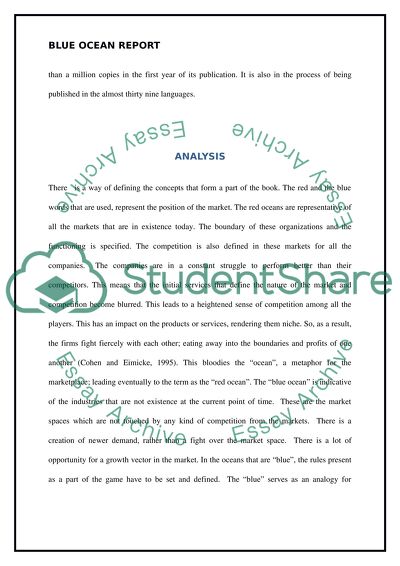Cite this document
(“Blue Ocean Report Essay Example | Topics and Well Written Essays - 1000 words - 1”, n.d.)
Blue Ocean Report Essay Example | Topics and Well Written Essays - 1000 words - 1. Retrieved from https://studentshare.org/marketing/1474086-blue-ocean-report
Blue Ocean Report Essay Example | Topics and Well Written Essays - 1000 words - 1. Retrieved from https://studentshare.org/marketing/1474086-blue-ocean-report
(Blue Ocean Report Essay Example | Topics and Well Written Essays - 1000 Words - 1)
Blue Ocean Report Essay Example | Topics and Well Written Essays - 1000 Words - 1. https://studentshare.org/marketing/1474086-blue-ocean-report.
Blue Ocean Report Essay Example | Topics and Well Written Essays - 1000 Words - 1. https://studentshare.org/marketing/1474086-blue-ocean-report.
“Blue Ocean Report Essay Example | Topics and Well Written Essays - 1000 Words - 1”, n.d. https://studentshare.org/marketing/1474086-blue-ocean-report.


